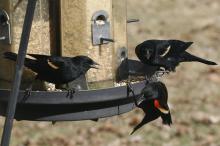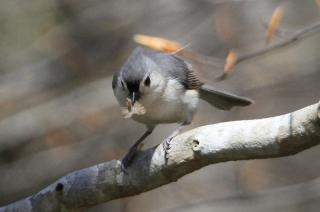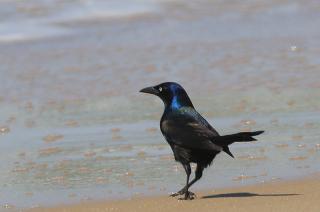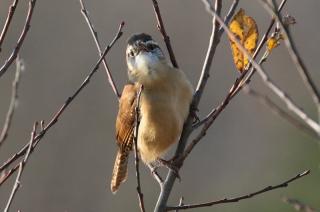Birds
2021
There are behavioral observations that can help us confirm breeding status; my favorite ones are observing a bird carrying vegetation or carrying food.
As the calendar flips to March in the late winter doldrums, Islanders might be surprised to learn they’re living in the season of the crow.
It is winter time and, no surprise, the weather is cold. This is not the time of year to expect to hear birds singing. But I have been hearing Carolina wrens singing just about every day this month. Not only their staccato chattering alarm call, but their boisterous, loud, whistled and usually three-syllabled song that is repeated over and over again. The song sounds something like “teakettle” or “committee.”
We all have bird feeders to provide nutritious food for our feathered friends. Likely the feeders are fairly close to our houses, so the birds can be seen up close and personal. All well and good, but we can all do more! They need water to drink and to bathe in. To be most effective, the water needs to be shallow for the smaller birds like the chickadees, and deeper for the larger birds. A small pile of pebbles reaching up to the surface can provide the necessary varied depths.







